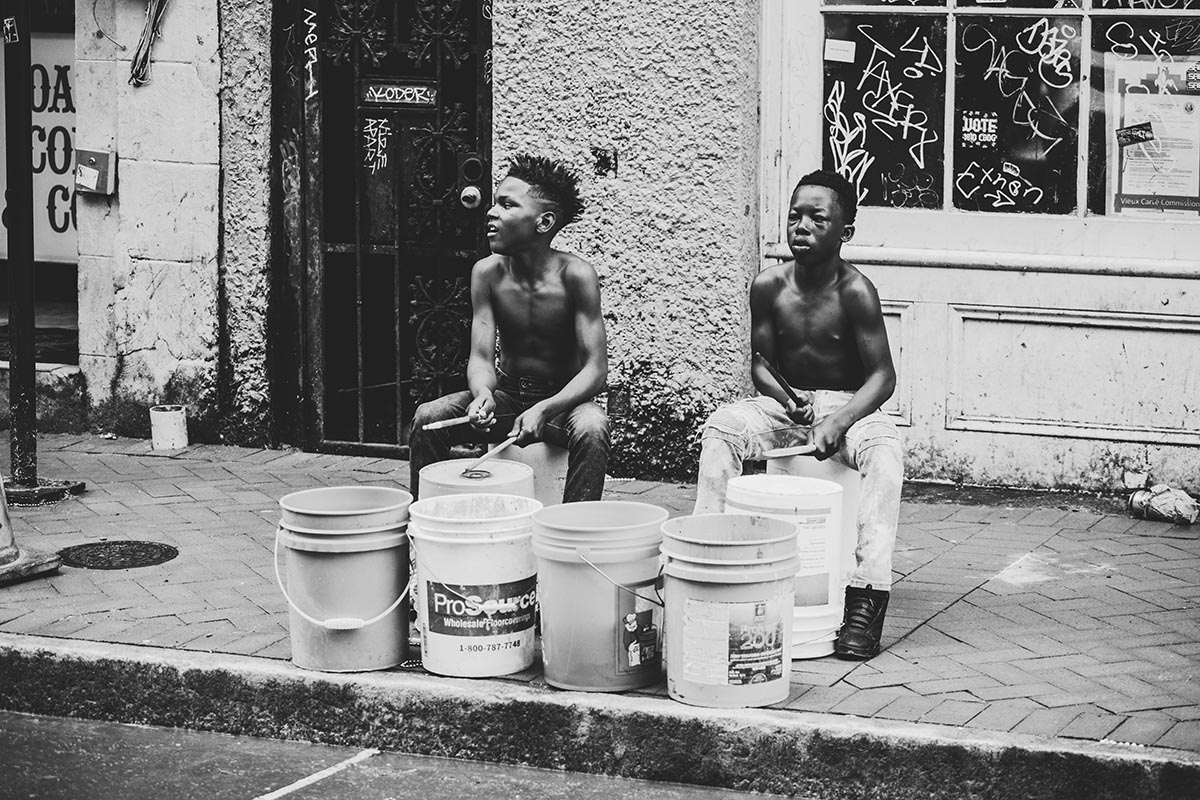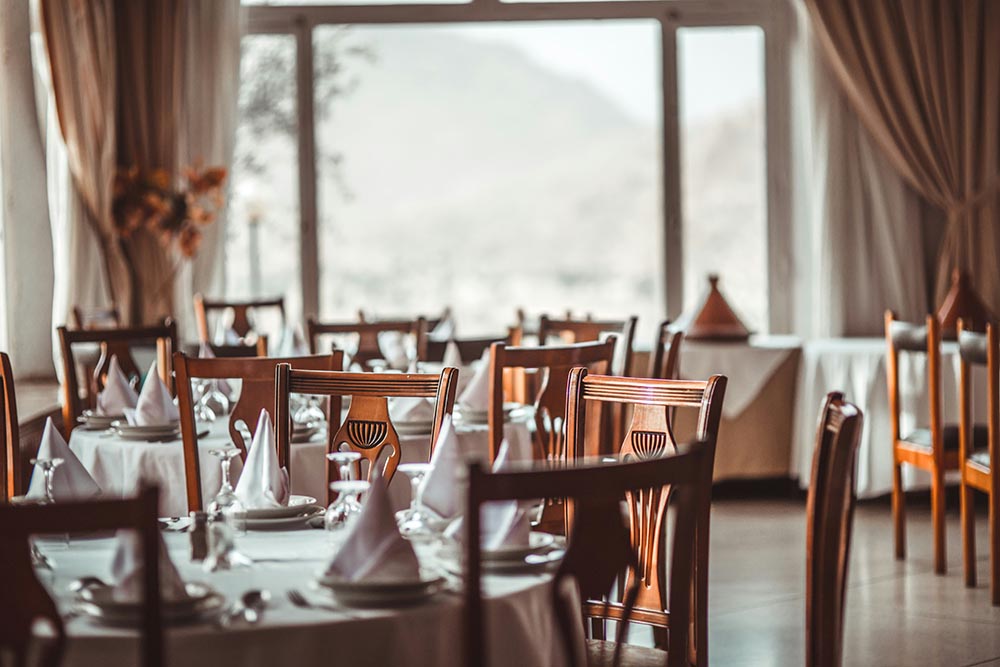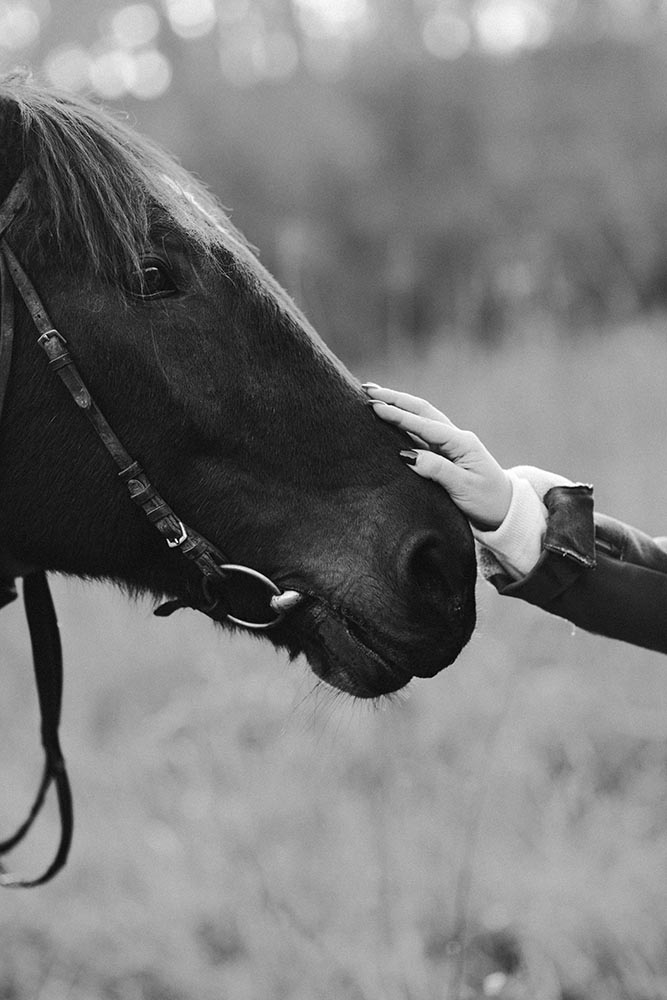Music isn’t just entertainment. It’s a time machine, a protest sign, and a cultural landmark all at once. It carries memories, movements, and emotions across generations. Around the world, certain cities have done more than just host concerts; they’ve shaped entire genres and sparked global conversations. These places didn’t just witness history; they helped compose it, one note at a time.
Through groundbreaking lyrics, iconic performances, and institutions that defined the sound of eras, these cities continue to echo through the world’s musical memory. Their influence lives on in every beat, every chorus, and every crowd moved by song.
In this article, we’ll explore five such cities that have left a lasting mark on global music culture.
1. Vienna, Austria – The Classical Capital of the World
Walking through Vienna feels like stepping into a grand, open-air concert hall. The city was once home to musical legends like Beethoven, Haydn, Schubert, and most famously, Wolfgang Amadeus Mozart.
Mozart spent his final productive years in Vienna. He composed masterpieces like The Marriage of Figaro and Don Giovanni in the heart of the city. One of the best places to connect with his legacy is Mozarthaus Vienna.
It is the only surviving residence of the composer. Mozart lived there from 1784 to 1787. Today, it serves as a museum. Visitors can explore the very rooms where he lived, wrote, and played.
To further immerse yourself in Vienna’s sonic past, attend a performance at the Vienna State Opera. You can also explore the interactive exhibits at the House of Music museum.
Vienna’s musical history is more than preserved; it’s performed daily, in venues as grand as concert halls and as intimate as former living rooms.
Did Vienna’s political history influence its music scene?
Yes. Vienna was the capital of the Habsburg Empire, which valued culture as a symbol of power. Court patronage gave composers like Haydn and Mozart the financial support to innovate. Meanwhile, the shifting tides of Enlightenment and nationalism shaped their themes and public reception.
2. Nashville, USA – The Storyteller’s City
Often hailed as the “Country Music Capital,” Nashville is the beating heart of American storytelling through song. It’s where folk traditions evolved into chart-toppers, gospel met jazz on Jefferson Street, and legends recorded timeless hits at RCA Studio B.
No trip to this Music City is complete without stepping onto the stage of the Ryman Auditorium. This revered “Mother Church of Country Music” once hosted legends before the Grand Ole Opry moved to its current home.
Music City Loft notes that you’ll find a cluster of music heritage gems in the city. These include the Musicians Hall of Fame and Museum, the National Museum of African American Music, and the ever-popular Johnny Cash Museum.
To fully immerse yourself in the rhythm and soul of the city, downtown is undeniably the best place to stay in Nashville. You’ll be within walking distance of live music venues, iconic landmarks, honky-tonk bars, and historic sites. This gives you the freedom to explore the city’s rich culture with ease.
What is the “Nashville Sound,” and how did it change country music?
Emerging in the 1950s and ’60s, the “Nashville Sound” softened traditional country music. It featured string sections, smooth production, and backing vocals. This made the genre more appealing to pop audiences. As a result, Nashville gained broader commercial influence and musical recognition.
3. Liverpool, England – The Beatles and the British Invasion
No city is more synonymous with a single band than Liverpool is with The Beatles. But its musical legacy didn’t stop there. As the launching pad for the British Invasion, Liverpool helped reshape American rock and global pop music forever. The Beatles Story museum and a pilgrimage to The Cavern Club are must-dos for fans.
For those looking to go even deeper, a stay at the original Casbah Coffee Club offers a rare experience. This venue was once owned by Mona Best, mother of the Beatles’ original drummer, Pete Best. It’s where the band, then known as the Quarrymen, got their start.
She famously bought the building after winning a bet and gave the young band their first residency. Today, what was once the Best family home in West Derby has been transformed into holiday flats. These are now available to rent on Airbnb, making it a one-of-a-kind destination for Beatles fans around the world.
What is the “Merseybeat” sound, and how is it different from mainstream rock?
Merseybeat is a style that emerged from Liverpool’s working-class music scene in the early 1960s. It’s characterized by catchy harmonies, upbeat tempos, and a mix of rock ’n’ roll, skiffle, and R&B influences. This style is typified by early Beatles records.
4. Lagos, Nigeria – The Power and Protest of Afrobeat
Lagos roars with sound, a city where rhythm and resistance are deeply intertwined. It is the birthplace of Afrobeat, the groundbreaking genre pioneered in the 1970s by Fela Anikulapo-Kuti.
Influenced by America’s 1960s counterculture, Fela fused funk, jazz, and traditional Nigerian music. His songs delivered bold political critique, tackling military corruption, colonial legacies, religious exploitation, and economic injustice.
His defiance led to the creation of the Kalakuta Republic, a self-declared commune. It housed his band, family, and a recording studio- an audacious act of resistance against the Nigerian regime.
Fela’s authenticity ignited a musical and social movement, and his followers further pushed the genre’s boundaries by blending Afrobeat with African Disco and Funk. Tracks like Shakara, Music For Gong Gong, and Advice From Father became iconic examples of this hybrid sound.
Today, visitors can experience this legacy at the New Afrika Shrine, run by Fela’s children, or join the annual Felabration festival.
What’s the difference between Afrobeat and modern Afrobeats in Lagos?
Afrobeat, pioneered by Fela Kuti, is a politically charged blend of funk, jazz, and Yoruba rhythms. Modern Afrobeats (note the “s”) is a pop-influenced evolution that fuses R&B, hip-hop, and digital beats, less political but globally explosive.
5. New Orleans, USA – The Birthplace of Jazz
New Orleans didn’t just give the world jazz; it gave us a new way to feel music. Blending African rhythms, European instrumentation, and Creole soul, jazz emerged in the early 20th century as a deeply American art form. But its roots run even deeper.
According to the American Academy of Audiology, the first sounds of what would become jazz came from Congo Square. These early rhythms echoed through the area in the mid to late 1800s. Every Sunday, Black and Creole residents gathered there to sing, drum, and dance.
Their performances created entirely new musical expressions that drew crowds from across the city. Figures like Louis Armstrong started here, but the movement traveled far beyond.
Visitors can explore the New Orleans Jazz Museum or enjoy spontaneous street performances in the French Quarter. They can also catch a show at the legendary Preservation Hall. The music here is tied to the city’s story of migration, resistance, and celebration.
How did segregation impact the early jazz scene in New Orleans?
Segregation laws created distinct communities, but they also fostered a unique musical fusion. Creole musicians, often classically trained, blended with African American improvisers, enriching the complexity of early jazz. Places like Congo Square were rare spaces where cultural exchange could flourish.
Overall, each of these cities offers more than just concerts and clubs. They are chapters in the global story of music, places where the sound not only reflects history but also helped shape it. For the curious traveler and passionate listener, they are living playlists of rebellion, reinvention, and rhythm.






